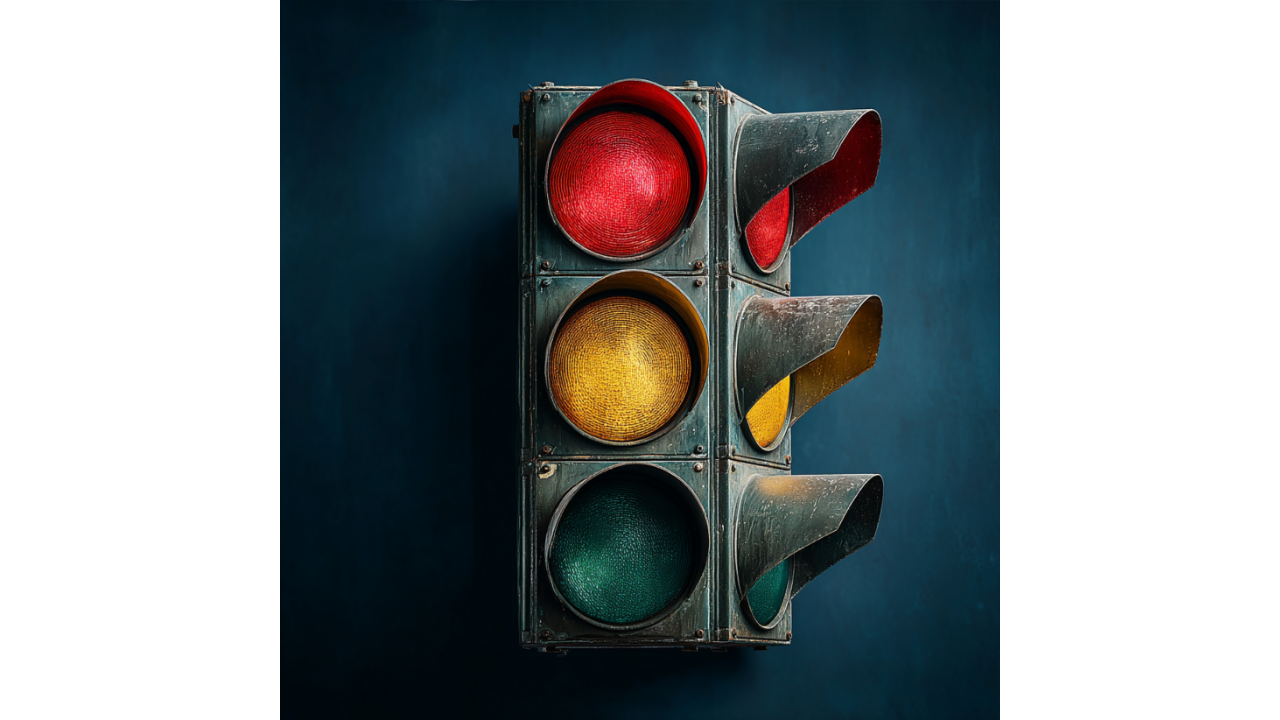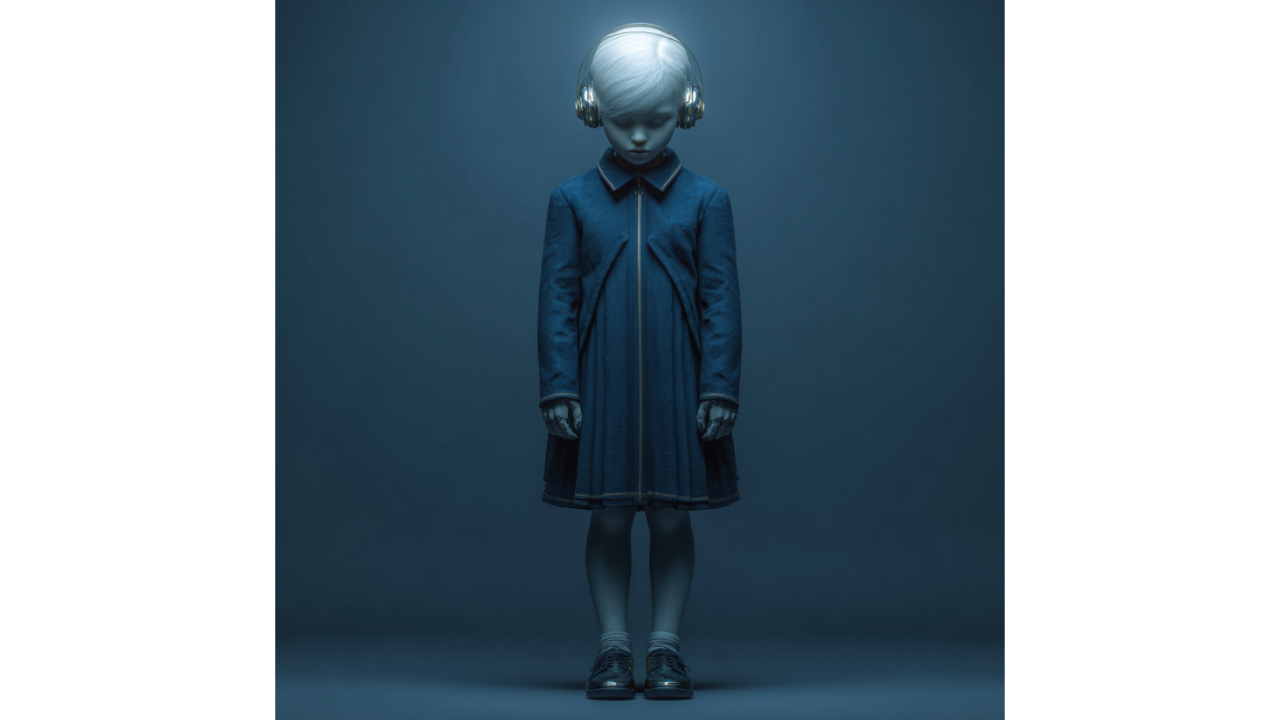A Bot as a Study Buddy? OpenAI's Study Mode is Live
OpenAI just solved the biggest problem in education, and most people haven't even noticed yet. Study Mode launched this week, turning ChatGPT from a...
4 min read
 Writing Team
:
Aug 21, 2025 8:00:00 AM
Writing Team
:
Aug 21, 2025 8:00:00 AM

As AI-induced psychosis cases mount and regulatory chaos spreads across state lines, two Cornell researchers have proposed a deceptively simple solution: treat chatbots like restaurants and give them safety grades. Red, yellow, and green labels—or letter grades—could help consumers navigate the Wild West of AI mental health tools before more people lose their minds or their lives.
The proposal comes at a critical moment. People are increasingly turning to AI for mental health support, but there's no system to distinguish helpful chatbots from harmful ones. The result is a regulatory patchwork that's failing both consumers and innovators.
The regulatory landscape for AI mental health tools resembles a game of whack-a-mole played across 50 states. Illinois banned AI in therapeutic roles entirely, imposing up to $10,000 fines for violations. Utah requires mental health chatbots to disclose they're AI and restricts data sharing. New York mandates suicide detection protocols for companion bots. Nevada prohibits AI from representing itself as licensed mental health providers.
@aeyespybywinsome Would you use it? #chatbotsafety
♬ original sound - AEyeSpy
Meanwhile, companies developing legitimate AI mental health solutions are getting crushed by regulatory uncertainty. Woebot, one of the pioneering FDA-approved mental health chatbots, recently shut down because the lengthy regulatory process made their technology obsolete before approval. The company couldn't keep pace with consumer AI tools that face no oversight whatsoever.
"Psychotherapeutic AI tools should be regulated, but we also know that people are already using nonregulated AI to treat their mental health needs," write Tanzeem Choudhury and Dan Adler from Cornell Tech. The current system creates a perverse outcome: responsible companies following FDA protocols get outcompeted by unregulated consumer AI tools causing documented psychological harm.
The American Psychological Association has urged the Federal Trade Commission to investigate products that use terms like "psychologist" without mental health expertise. But enforcement remains sporadic, leaving consumers to navigate a marketplace where Character.AI chatbots claiming therapeutic abilities sit alongside legitimate clinical tools.
Choudhury and Adler propose a two-tiered system modeled after restaurant health grades and building energy efficiency ratings. An interdisciplinary "red teaming" coalition would evaluate chatbots against standardized criteria, publishing safety labels for all AI systems—whether designed for mental health or repurposed by users.
Green Light: Evidence-based mental health support with validated algorithms, proper data protection, and crisis intervention protocols. Think clinically-tested tools designed by mental health professionals.
Yellow Light: Consumer AI tools that people use for mental health support but lack clinical validation. These would require clear disclaimers about limitations and risks.
Red Light: Chatbots that demonstrate harmful behaviors, fail basic safety tests, or actively encourage dangerous actions. These would carry strong warnings about psychological risks.
The labels would combine multiple criteria: clinical effectiveness evidence, data privacy compliance, crisis detection capabilities, and validated human oversight systems. A small centralized organization would develop the criteria, while external evaluators—including researchers, clinicians, and people with lived experience—would audit tools each time they're updated.
This approach addresses the speed problem that killed Woebot. Instead of lengthy FDA approval processes, the system would be "more agile than FDA regulations" while still providing safety guidance to consumers.
The labeling system could create competitive advantages for responsible AI developers while protecting consumers from harm. Companies building genuine mental health tools would benefit from clear differentiation versus unregulated consumer AI. Users would have guidance for making informed decisions about AI mental health support.
For marketers, the implications are profound. Any brand deploying chatbots for customer service, lead generation, or engagement needs to consider mental health risks. A customer service chatbot that validates conspiracy theories or encourages harmful behaviors could face liability under emerging state laws.
The labeling system would create industry standards before regulation locks them in. Companies that voluntarily adopt safety protocols now will be better positioned when mandatory standards inevitably arrive. Those that wait risk being caught off-guard by rapid regulatory changes.
Investment patterns already reflect this shift. Slingshot AI raised $93 million for clinically-designed AI therapy, while Character.AI faces wrongful death lawsuits. The market is beginning to reward responsible development over pure engagement metrics.
The biggest obstacle isn't technical but institutional. Creating an effective labeling system requires cooperation between mental health professionals, AI researchers, policymakers, and people with lived experience. The coalition must develop criteria that are scientifically rigorous but practically applicable.
The system also needs global reach while remaining locally responsive. Mental health concerns vary across cultures, but AI tools operate internationally. Labels must balance universal safety standards with regional differences in mental health treatment approaches.
Funding represents another challenge. The system requires sustained financial support to remain independent from industry influence. One possibility is charging fees to companies seeking labels, similar to how restaurants pay for health inspections. But this could disadvantage smaller developers creating innovative solutions.
Several factors make this moment uniquely promising for a labeling approach. State-level chaos is creating demand for national standards. High-profile lawsuits are forcing industry attention to safety issues. Consumer awareness of AI mental health risks is growing rapidly.
The EU's AI Act provides a regulatory framework that other jurisdictions are studying. California and Illinois are developing their own approaches. Without coordinated standards, we risk a fragmented landscape that helps neither consumers nor developers.
The proposed labeling system offers a middle path between unregulated chaos and innovation-killing bureaucracy. It provides consumer protection without stifling legitimate development. It creates market incentives for safety improvements while preserving space for experimentation.
The cost of inaction is mounting. Stanford research shows AI therapy chatbots demonstrate stigma toward conditions like schizophrenia and fail to recognize suicidal intent. The APA warns that unregulated chatbots can "endanger the public" by providing harmful mental health advice without professional oversight.
But the opportunity cost is equally significant. Legitimate AI mental health tools could address the nation's mental health crisis by providing accessible, evidence-based support. The key is creating systems that amplify benefits while minimizing risks.
The traffic light proposal offers a pragmatic solution to an urgent problem. It acknowledges that people are already using AI for mental health support while providing guidance for safer choices. It balances innovation with protection in a way that pure regulation cannot.
The question isn't whether we need better AI mental health standards—the question is whether we'll implement them before the next preventable tragedy makes the choice for us.
Need AI strategies that prioritize user safety while driving business results? Winsome Marketing's growth experts help brands implement responsible AI that builds trust and avoids regulatory pitfalls. Let's create technology that serves humanity, not the other way around.

OpenAI just solved the biggest problem in education, and most people haven't even noticed yet. Study Mode launched this week, turning ChatGPT from a...

ElevenLabs just solved one of conversational AI's most irritating problems: forcing users to choose between typing and talking when the AI should be...

1 min read
Picture this: Your five-year-old is having a philosophical discussion about the nature of consciousness with ChatGPT. Your eight-year-old considers...